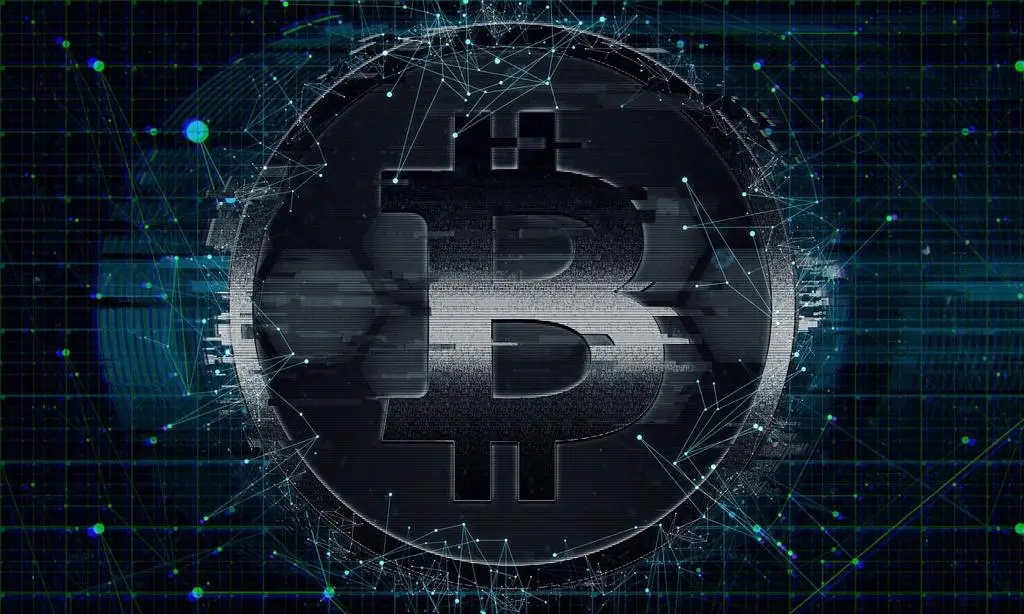Bitcoin (BTC) Dominance Shows Unexpected Resilience
03.09.2024 18:00 2 min. read Alexander Stefanov
Typically, Bitcoin dominance rises during bearish phases, holds steady as markets transition to bullish trends, and then declines sharply when bullish conditions are established.
However, recent observations suggest a departure from this pattern.
According to crypto analyst Flow, Bitcoin dominance remains high at around 54.3%, despite the end of a bearish market period. Historically, a recovery would usually prompt a decline in Bitcoin dominance, but this hasn’t occurred. The current dominance level is close to its peak for the year, showing little sign of the expected drop.
This cycle continues to be an unusual one in terms of Bitcoin vs Altcoins dominance. In the past, a normal sequence in the crypto market followed almost a mechanical procedure:
1. Bitcoin’s dominance rises during bear markets.
2. It continues to increase in the early stages of a… pic.twitter.com/PA9cBsBOXB— flow (@tradetheflow_) September 3, 2024
Flow offers two potential explanations for this anomaly: one is that the market cycle is behaving unusually, not adhering to traditional patterns; the other is that a true bull run has not yet begun, which could explain the sustained dominance.
Looking ahead, Flow advises caution for those hoping for a broad altcoin rally. He predicts that any future bull market will likely be led by a few major cryptocurrencies rather than a widespread altcoin surge.
Investors should carefully evaluate individual assets rather than relying on a general increase in altcoin values.
-
1
Metaplanet Raises $515M in First Step Toward Massive Bitcoin Accumulation
25.06.2025 20:00 1 min. read -
2
Trump-Linked Truth Social Pushes for Bitcoin-Ethereum ETF as Crypto Strategy Expands
25.06.2025 19:00 2 min. read -
3
Bitcoin Hashrate Declines 3.5%, But Miners Hold Firm Amid Market Weakness
27.06.2025 21:00 2 min. read -
4
Bitcoin’s Price Closely Mirrors ETF Inflows, Not Corporate Buys
26.06.2025 11:00 2 min. read -
5
Crypto Company Abandons Bitcoin Mining to Focus Entirely on Ethereum Staking
26.06.2025 20:00 1 min. read
Bitcoin ETFs See $1B Inflow as IBIT Smashes Global AUM record
Spot Bitcoin ETFs recorded a massive influx of over $1 billion in a single day on Thursday, fueled by Bitcoin’s surge to a new all-time high above $118,000.
Bitcoin Outlook: Rising U.S. Debt and Subdued Euphoria Suggest More Upside Ahead
As Bitcoin breaks above $118,000, fresh macro and on-chain data suggest the rally may still be in its early innings.
Analysis Firm Explains Why Bitcoin’s Breakout Looks Different This Time
Bitcoin’s surge to new all-time highs is playing out differently than previous rallies, according to a July 11 report by crypto research and investment firm Matrixport.
Bitcoin Reaches New All-Time High Above $116,000
Bitcoin surged past $116,000 on July 11, marking a new all-time high amid intense market momentum.
-
1
Metaplanet Raises $515M in First Step Toward Massive Bitcoin Accumulation
25.06.2025 20:00 1 min. read -
2
Trump-Linked Truth Social Pushes for Bitcoin-Ethereum ETF as Crypto Strategy Expands
25.06.2025 19:00 2 min. read -
3
Bitcoin Hashrate Declines 3.5%, But Miners Hold Firm Amid Market Weakness
27.06.2025 21:00 2 min. read -
4
Bitcoin’s Price Closely Mirrors ETF Inflows, Not Corporate Buys
26.06.2025 11:00 2 min. read -
5
Crypto Company Abandons Bitcoin Mining to Focus Entirely on Ethereum Staking
26.06.2025 20:00 1 min. read


